Jul 11, 2025
Author:Jackson Watson
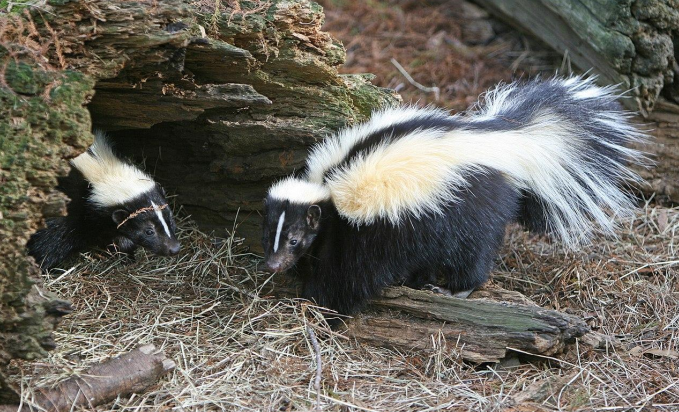
A warm summer night, an open window, and sudden yowls in the yard—then the unmistakable blast of sulfur and burnt rubber. If your cat got sprayed by skunk, you know the chaos that follows. The smell clings to fur, furniture, and even your own skin. More important, skunk spray can irritate eyes, trigger nausea, and spike your cat’s stress. This guide breaks down what skunk spray is, why it happens, how to remove the odor, and how to keep your cat safe in the future. The language stays plain, the steps stay practical, and the advice sticks to proven methods.
Skunks defend themselves by shooting a thick, oily fluid from glands under the tail. The fluid carries sulfur-based chemicals called thiols. Thiols bind to skin and fur and release vapor that most noses find unbearable even in tiny amounts. The odor can travel up to a mile. When a cat got sprayed by skunk, the oily film seeps deep into the coat. Light rinsing no longer helps; you need a chemical reaction that breaks the thiols apart.
Domestic cats and skunks share twilight hours. Both hunt small prey at dawn and dusk. Your cat may stalk a skunk by mistake, or the skunk may wander near outdoor food. Mother skunks with kits act fast if any animal comes too close. A curious swipe of a paw, a hiss, and the striped visitor fires. One second later, your cat got sprayed by skunk and bolts back home, rubbing its face on the ground, eyes watering.
Outdoor cats that roam near shrubs or low decks face higher odds. Even indoor cats with access to a porch can meet a skunk if doors are left cracked for fresh air. Installing motion lights and sealing trash help, yet accidents still happen.
Speed matters. Act within minutes:
1. Close off indoor rooms. Keep the cat in a laundry area or bathroom with ventilation. This limits odor spread.
2. Wear gloves and old clothes. The oil will stain fabric.
3. Check the eyes. If the spray hit the face, flush eyes with lukewarm water or sterile saline for several minutes.
4. Ventilate. Turn on fans, open windows away from the holding area.
5. Collect supplies before washing: dish soap, 3% hydrogen peroxide, baking soda, a large plastic bowl, several towels.
Do not let the cat roll on carpets or climb furniture. Quick isolation keeps the smell out of cushions and curtains.

Skunk spray rarely causes lasting damage, yet short-term issues need attention:
● Eye irritation. Redness, squinting, or pawing at the face signals distress. Gentle rinsing often helps.
● Nausea or drooling. The odor and taste can make cats gag.
● Stress response. Heart rate climbs; breathing may quicken.
● Secondary injuries. In panic, a cat may dash through fences or roads.
If breathing sounds labored, or eyes stay red after flushing, consult your veterinarian. While waiting, keep the room calm and dim. Soft speech steadies nerves better than high-pitched comfort words.
Tomato juice is a myth. The gold-standard recipe comes from chemist Paul Krebaum. It breaks thiols into odor-free compounds.
Ingredients:
● 1 quart (32 oz) 3% hydrogen peroxide
● ¼ cup baking soda
● 1 teaspoon liquid dish soap
Method:
1. Mix ingredients in an open plastic bowl. Never store in a sealed container; pressure can build.
2. Wet the cat’s coat with lukewarm water only where you will treat right away.
3. Massage solution into the fur—avoid eyes and inner ears. Work from head (forehead only) to tail.
4. Let sit for five minutes. Keep the cat still; speak calmly.
5. Rinse well with warm water.
6. Repeat once if needed, then wash with a mild cat shampoo and rinse again.
7. Dry with clean towels or a low-heat blow dryer (if the cat tolerates it).
Hydrogen peroxide may lighten dark fur, yet a single use usually causes no obvious change. Do not substitute stronger peroxide meant for hair bleaching.
Many pet stores carry enzymatic sprays designed for skunk incidents. Products with neutralizers like activated charcoal or ascorbic acid can help in follow-up baths. Make sure any label says ‘safe for cats.’ Dog-only formulas may contain phenols or essential oils that harm felines.
Skunk oil sticks to cotton and even plastic. After your cat got sprayed by skunk, you likely picked up odor while holding the animal.
● Clothes: Soak in one cup of baking soda plus detergent, then wash in hot water. Line dry outdoors if possible.
● Hard surfaces: Mop with a mix of white vinegar and water (1:4 ratio), then rinse.
● Upholstery: Sprinkle baking soda, let sit overnight, vacuum thoroughly. For deep odor, try an ozone-free air purifier or an enzyme cleaner.
Opening windows for cross-breeze speeds removal, as does running box fans aimed outward.
If your Maine Coon or Persian took the hit, the thick undercoat traps more oil. Separate fur sections with a wide-tooth comb before applying the solution. After rinsing, comb again while drying to lift residue. Check for mats. You may need a professional groomer once the strong odor fades.
Spray events dry skin and coat. Support recovery:
● Offer fresh water in multiple spots. Some owners use fountains; consider regular cleaning to avoid buildup. If your cat resists plain bowls, a flowing option can increase acceptance and links well with insights on cat hydration.
● Keep the litter box extra clean. Stress can trigger accidents. If you face sudden bed accidents, this piece on solving indoor soiling offers extra pointers.
● Trim nails; a skunked cat may scratch more during self-grooming.
● Brush daily to remove lingering oil; then launder the brush.
Many cats refuse food for several hours because the odor dulls appetite. Provide a small meal of their favorite wet food to lure them back. Wet food also boosts water intake, supporting kidney function. For more feeding ideas that avoid overfeeding, explore advice on smart portion control.
Leave water bowls in quiet corners. If you must travel soon after the incident, learn how to feed wet food while away so hydration stays on track.
Skunks roam most between dusk and midnight. Call your cat in before dark. If you like night air, install screens and door sweeps.
Do not leave kibble on decks. Store trash in sealed bins. Skunks love leftovers.
Short grass removes hiding spots. Motion-activated sprinklers or lights deter skunks humanely. Check sheds and crawl spaces; block openings wider than two inches.
Skunks can carry rabies and fleas. Keep shots current and use flea preventives—a guide to flea care explains options.
Pet doors with microchip locks stop wildlife from following your cat indoors. When traveling, secure carriers, and learn safe car travel methods to avoid roadside skunk zones.
Seek veterinary help if:
● Eyes stay red or discharge increases after flushing.
● Breathing sounds wheezy or labored.
● The cat vomits or refuses food for more than 24 hours.
● Skin shows rash or swelling.
● The cat was bitten or scratched during the encounter.
Your vet may give pain relief, eye drops, or antibiotics for broken skin. They may also review vaccine status and schedule a booster if needed.
Cats retain memories of frightening experiences. After your cat was sprayed by a skunk, you might notice avoidance (hiding), clinginess (being near you), or pacing around your home at night. Provide a safe room with bedding that smells like home. Use a pheromone diffuser to calm your cat. Play classical music, at lower volume, going to a neutral weather station to foster a sense of calm.
Giving interactive toys will redirect your cats energy. You can try and make a list of high value toys to spark a cat's interest in the toys. Grooming sessions could help build a bond and allows you to check a cat's coat for any smell or irritation for your beloved cat.
Even with a perfect first wash, faint odor can return if humidity rises. Plan:
● Follow-up bath after seven days using a mild oatmeal cat shampoo.
● Light spritz of baking-soda-based deodorizer on dry coat—avoid fragrances.
● Regular brushing to remove dander. Find tips for removing hair from clothes to keep laundry fresh.
Long-term hydration aids coat repair. Explore water fountain care to keep fresh flow.
Older cats may have thinner skin or arthritis, making prolonged bathing uncomfortable. Set up a no-slip area for bathing, once again, using lukewarm water only. Ask your helper to support the hindquarters. After drying, apply a skin moisturizer approved by your veterinarian. Be aware of the joints--to much stress can cause problems. You may want to contact your veterinarian for future blood work to establish if there are any kidney issues—here is more information on how to protect the kidneys.
Hiss with the roommates if one cat is sprayed by a skunk, even after the cat has been washed. There is a change in scents and residue on the cat's body. When washed cat is ready to return home, rub the other cats with the same clean towel to share odors and blend scents. You should also pass out treats to them as a group, this helps too. If it takes a while for peace to occur, keep the sprayed cat in a closed area for another 24 hours and use pheromones in the entire house.
Skunk spray can cling to patio wood or deck rails:
● Mix one gallon of water, one cup of bleach (or outdoor-safe oxygen bleach), and a squirt of dish soap. Scrub surfaces; rinse well. Keep pets away until dry.
● Clay soil traps odor less than mulch. Replace heavy mulch if the smell persists near plants.
● Water the lawn well; sun and airflow finish the job.
1. Tomato juice works. It only masks smell for a short time. The odor returns.
2. Vinegar alone fixes the issue. Vinegar can cut grease but cannot oxidize thiols well enough.
3. Baking soda paste is enough. Baking soda helps once hydrogen peroxide starts the reaction but cannot do it alone.
4. Waiting it out is safe. While the smell lessens over weeks, skin, eyes, and stress suffer.
Knowing facts helps you move fast when your cat got sprayed by skunk again.
Skunks dislike confrontation. They stomp, hiss, and raise the tail before spraying. If you spot this dance on your property, clap hands or bang a pot from a safe distance. Teach children not to chase wildlife. Keep backyard lights on timers. Some families set up trail cameras to learn where skunks enter and fence those gaps.
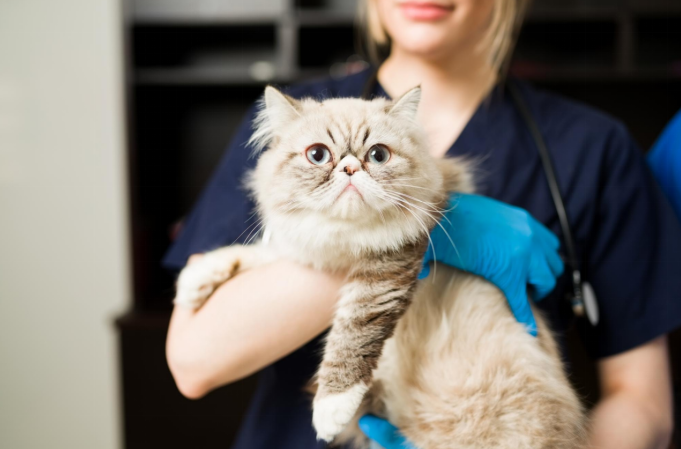
● Stock hydrogen peroxide, baking soda, and dish soap in the pantry.
● Keep a cat-safe eye flush on hand.
● Place old towels and gloves in a labeled plastic bin.
● Print the odor-removal recipe and tape it inside the cabinet.
● Save your vet’s after-hours phone number on your phone.
Preparedness cuts panic when another cat got sprayed by skunk night strikes.
A cat got sprayed by skunk story often begins with a loud hiss outside and ends with deep breaths of relief after hard work. You have learned how skunk spray works, how it affects feline health, and why fast, science-based cleaning matters. You now know how to wash fur, protect eyes, calm nerves, and guard your home. You also hold preventive tools—indoor curfews, yard lights, and sealed trash bins—that make future encounters far less likely.
The journey does not stop once the last hint of odor fades. Keep up routine health checks, proper hydration, and a balanced diet to fortify your cat’s coat and immune system. For a wider look at daily feline wellness, browse these concise guidelines on keeping cats healthy and sterilization benefits. Every layer of care, from nutrition to safe outdoor access, builds armor against stress and illness.
May your next twilight bring only crickets and calm, not the sharp sting of thiols in the air. If fate delivers another stripe-tailed visitor, you now stand ready to act, clean, and comfort—swiftly, safely, and with confidence.
Label:
Popular Post

What to Feed a Sick Dog With No Appetite? [2025 Guide]
May 16, 2023
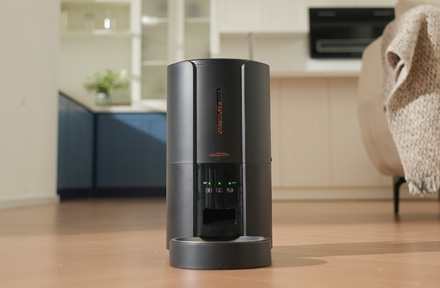
Troubleshooting Common Issues with Automatic Pet Feeders: Tips & Tricks for Pet Owners
Oct 26, 2023
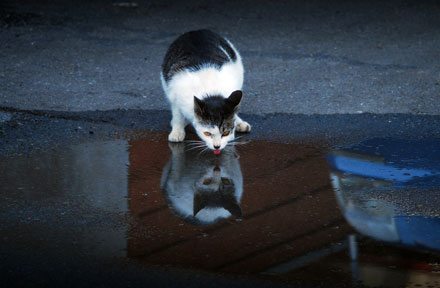
Why Does My Cat Cough After Drinking Water? 8 Potential Reasons
Mar 13, 2023
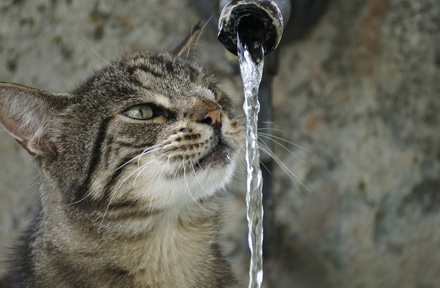
Why is My Cat Throwing up Water? Top 5 Causes Here
Feb 08, 2023
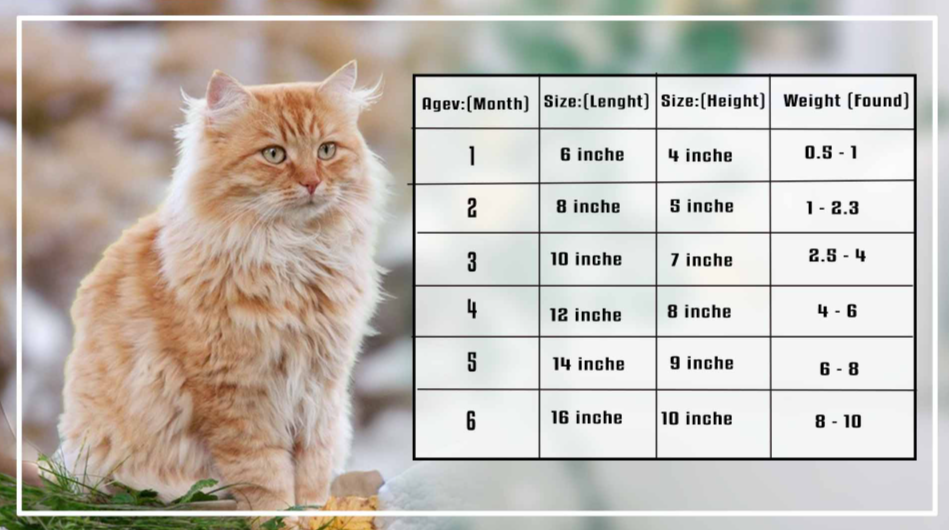
What is a standard Cat Weight chart by age Kg?
Mar 19, 2025
$99.99
$129.99
Copyright © 2025 WOPET. All Rights Reserved.